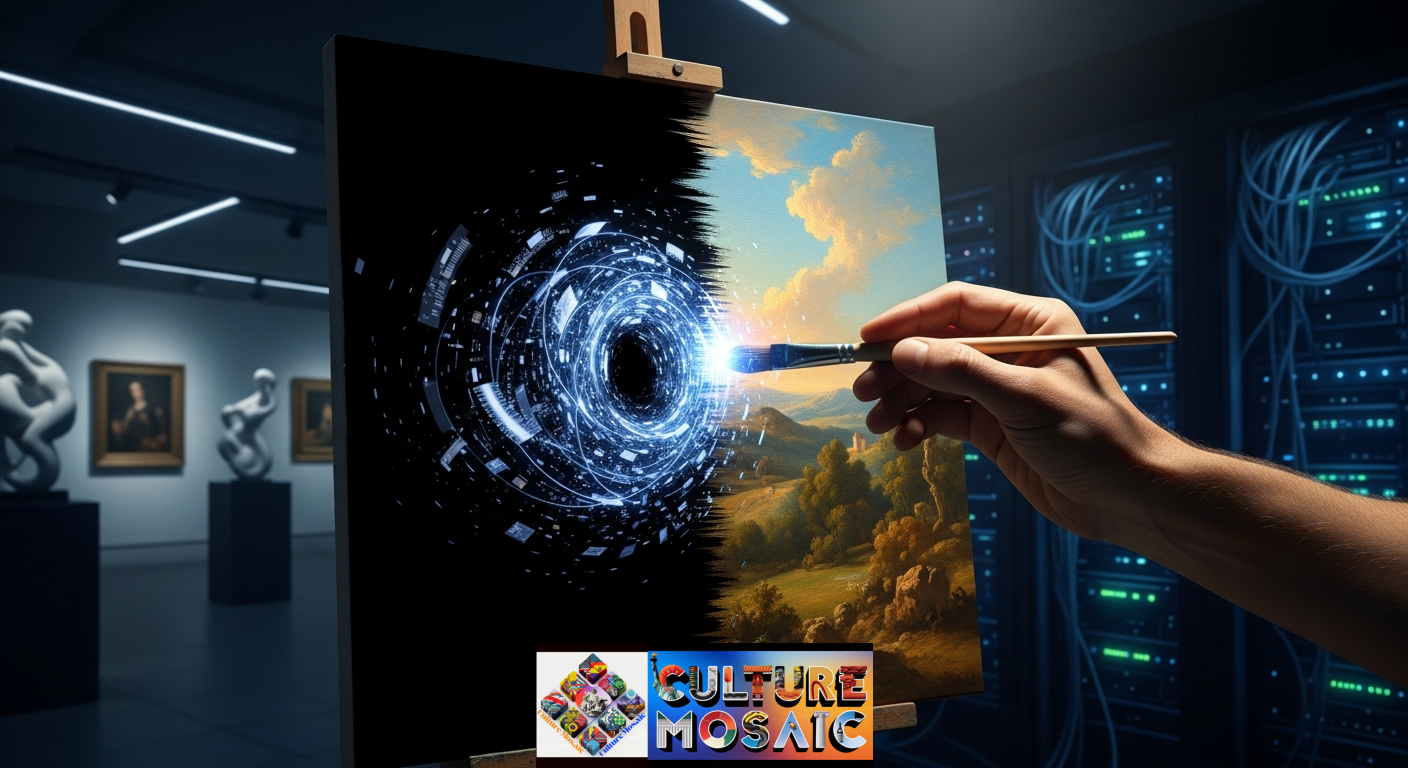The art world is experiencing a seismic shift. Artificial intelligence has crashed into creative spaces with the force of a cultural revolution, sparking heated debates in galleries, online forums, and courtrooms across America. AI art and the future of human artistic expressions have become inseparable topics, forcing us to reconsider fundamental questions about creativity, authorship, and what it means to be an artist in 2025.
If you’ve scrolled through social media lately, you’ve probably seen AI-generated images that look like they took months to create. Platforms like Midjourney, DALL-E, and Stable Diffusion have democratized visual creation, allowing anyone with a text prompt to generate stunning artwork in seconds. But this technological leap has split the creative community down the middle. Some see AI as the next great artistic tool, while others view it as an existential threat to human creativity.
Let’s unpack this complex landscape and explore what AI art and the future really mean for artists, collectors, and creative expression itself.
Understanding AI Art and Its Rapid Evolution
AI art isn’t magic. It’s the result of machine learning algorithms trained on millions of images, learning patterns, styles, and visual relationships. When you type a prompt like “surreal landscape in the style of Van Gogh,” the AI doesn’t understand art the way humans do. It recognizes patterns from its training data and generates new combinations based on statistical probabilities.
The technology has improved dramatically in just a few years. Early AI-generated images looked distorted and strange. Now, they can be nearly indistinguishable from human-created work. This rapid advancement is precisely what makes conversations about AI art and the future so urgent.
Major AI art platforms have exploded in popularity. Midjourney has over 16 million users. DALL-E 3 is integrated into ChatGPT, giving millions instant access to image generation. These tools have moved from experimental tech curiosities to mainstream creative resources faster than any artistic medium in history.
AI Art and the Future: The Tool Perspective
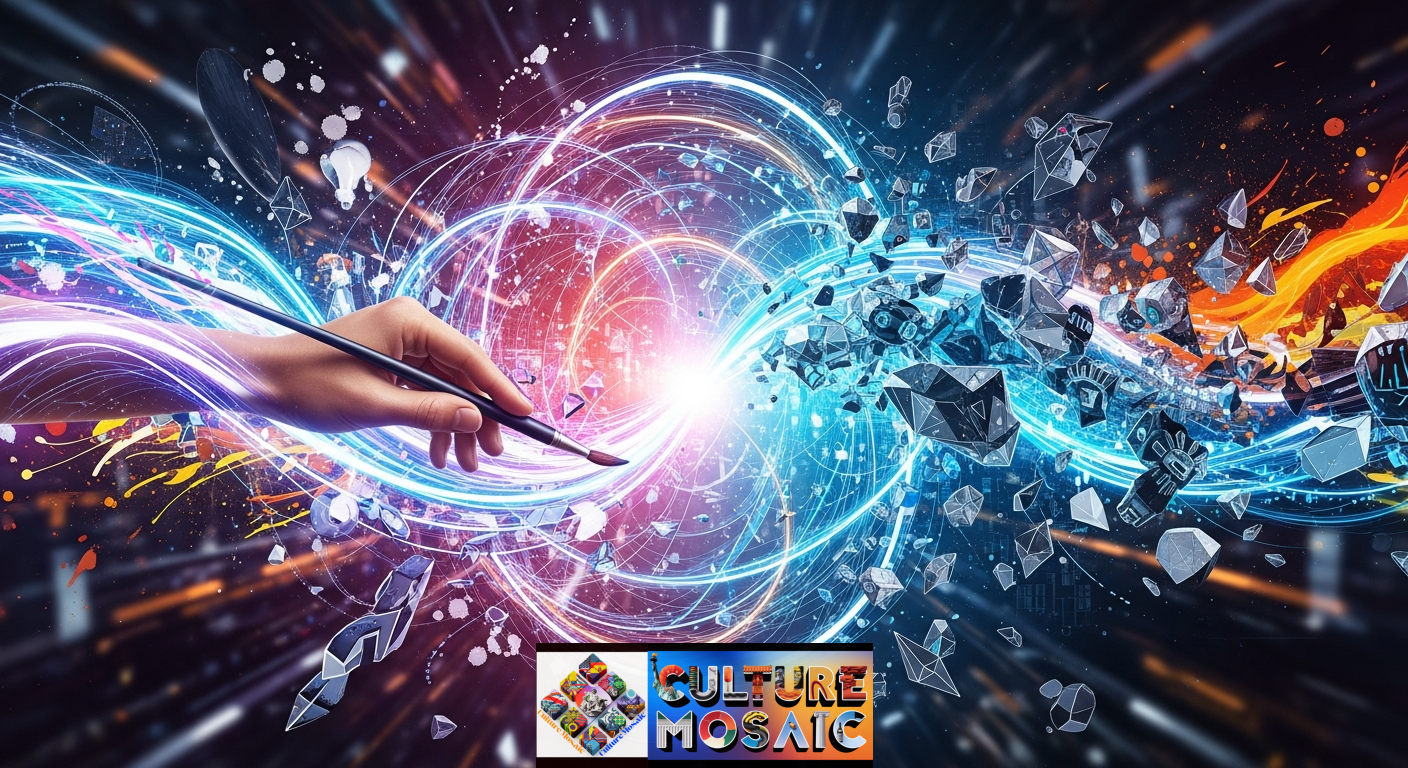
Many professional artists have embraced AI as a powerful addition to their creative toolkit. They don’t see it as a replacement for human creativity but as an accelerator and explorer of new possibilities.
Take concept artists working in film and gaming. They’re using AI to rapidly prototype dozens of visual ideas before committing hours to detailed manual work. What used to take a week of sketching can now happen in an afternoon. This doesn’t eliminate the need for artistic skill. It shifts it. Artists still need to know what makes a composition work, how to direct the AI effectively, and how to refine outputs into polished final pieces.
Digital illustrator Sarah Chen from Los Angeles describes her experience: “I use AI as a brainstorming partner. It helps me break out of creative ruts by showing me unexpected combinations I wouldn’t have thought of. But I always take that output and rework it extensively. The AI gives me a starting point, not a finished product.”
Throughout art history, new tools have always faced resistance before becoming accepted. When photography emerged in the 1800s, painters declared it the death of portrait art. Instead, photography became its own legitimate medium, and painting evolved. Oil paint in tubes allowed Impressionists to work outdoors, fundamentally changing artistic expressions. Digital painting software faced skepticism in the 1990s but is now standard in professional illustration.
AI art and the future may follow this same pattern. The tool doesn’t eliminate the need for artistic vision, taste, and refinement. It simply changes how that vision gets executed.
AI Art and the Future: The Threat Argument
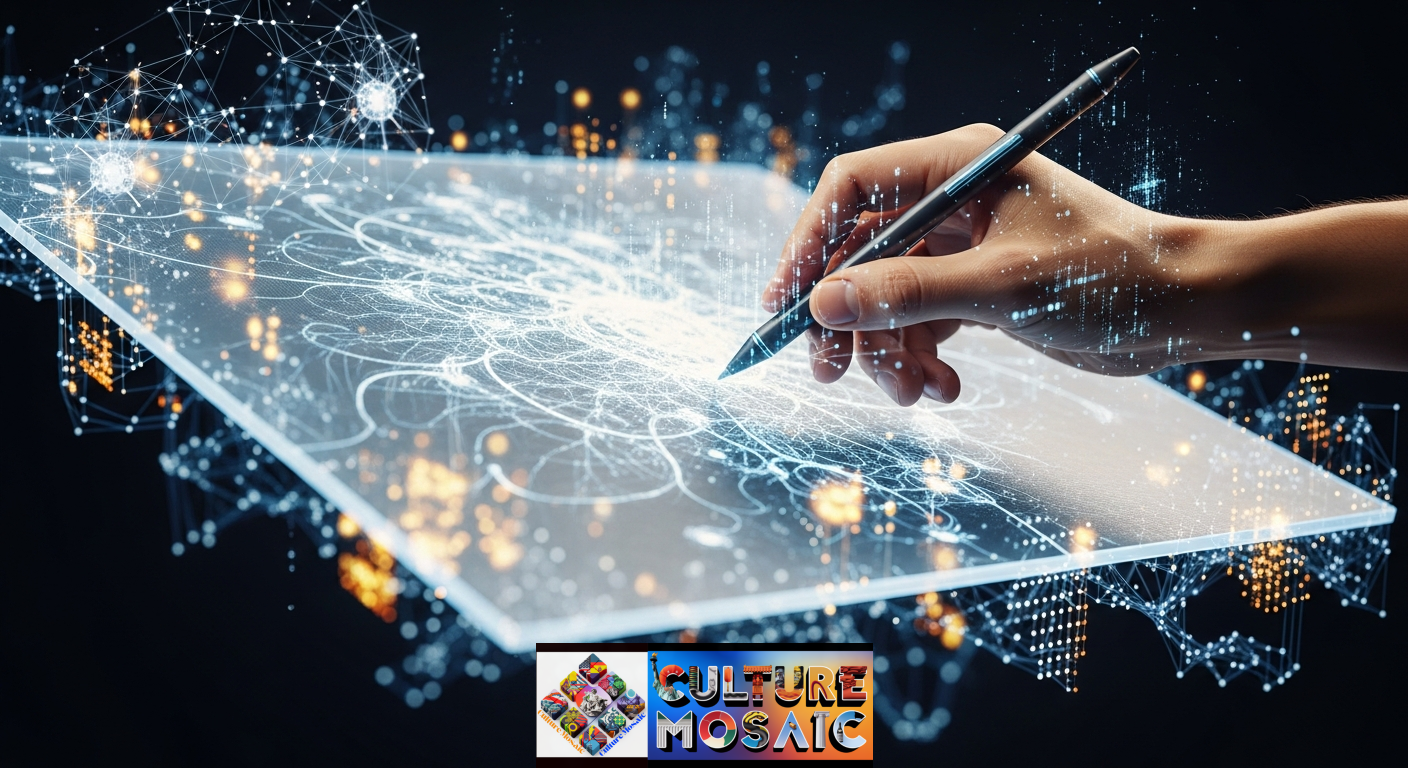
The opposing view isn’t rooted in technophobia. It comes from legitimate concerns about ethics, economics, and the nature of creativity itself.
The most pressing issue is how AI models are trained. These systems learned by analyzing billions of images scraped from the internet, including copyrighted work by living artists who never consented to this use. Several major lawsuits are currently working through US courts, with artists arguing that AI companies essentially stole their life’s work to build commercial products.
Illustrator Greg Rutkowski found that his name became one of the most-used prompts on AI art platforms. Users would type “in the style of Greg Rutkowski” to mimic his distinctive aesthetic. He never agreed to this, and he’s not compensated when AI generated art works mimicking his style. This raises profound questions about artistic identity and intellectual property in the age of AI art and the future.
The economic threat is real for many working artists. Why hire an illustrator for $500 when you can generate similar images for a few dollars? Freelance artists have reported declining commissions as clients turn to AI alternatives. Art director positions are being eliminated or redefined as companies realize they can produce more with fewer human creators.
There’s also a philosophical dimension. If AI can produce beautiful, emotionally resonant images, what does that mean for the special value we place on human creativity? Is art about the final image or the human struggle, intention, and lived experience behind it? When we admire AI-generated art, what exactly are we appreciating?
The Legal Battle Shaping AI Art and the Future
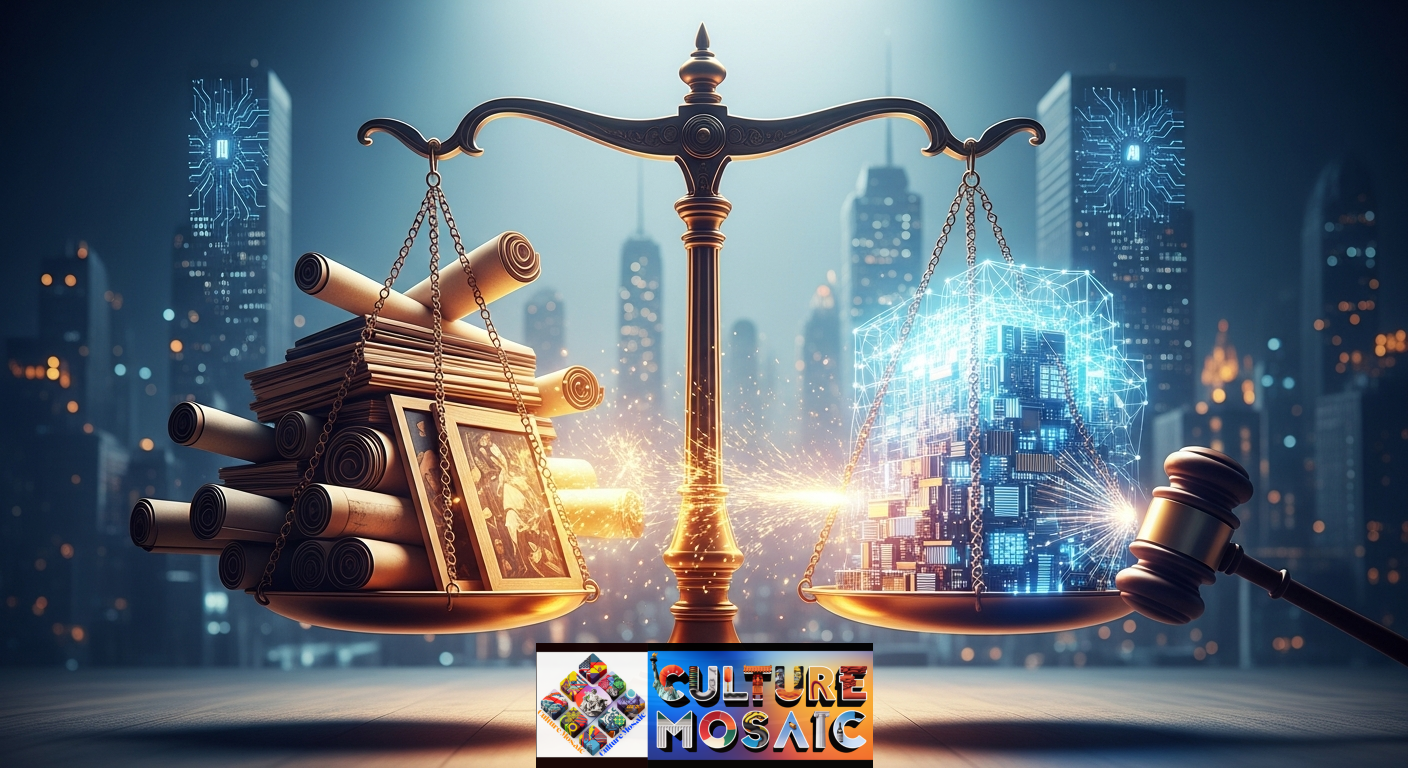
The legal landscape around AI art is still forming, and the outcomes will fundamentally shape AI art and the future of creative industries.
In 2023, a class-action lawsuit was filed against Stability AI, Midjourney, and DeviantArt by artists alleging copyright infringement. The plaintiffs argue that training AI on copyrighted works without permission constitutes infringement, regardless of whether the output directly copies specific images.
The defendants counter that this training falls under fair use, comparing it to how human artists learn by studying existing work. This question has no clear precedent, and judges are struggling with applying century-old copyright law to cutting-edge technology.
The US Copyright Office has issued guidance stating that AI-generated images cannot be copyrighted if they lack sufficient human authorship. This creates a strange middle ground where you can use AI art freely, but you also can’t protect it legally. This uncertainty complicates commercial use and may influence how seriously the AI art revolution is taken in professional contexts.
Congress is considering legislation that would require AI-generated content to be labeled and potentially compensate artists whose work was used in training data. How these legal battles resolve will determine whether AI art and the future involve ethical frameworks that protect human creators or a Wild West where technology companies operate without meaningful constraints.
How AI Art Is Transforming Specific Creative Industries

The impact of AI art and the future varies significantly across different creative fields.
Publishing and Book Covers: Independent authors have rapidly adopted AI for book cover design, drastically reducing costs. Traditional cover artists have seen their market shrink, particularly for genre fiction. However, major publishers still primarily use human artists for flagship releases, valuing the unique vision and iterative collaboration that AI can’t fully replicate.
Gaming: Game studios are using AI to generate textures, background assets, and concept variations. This allows small indie teams to create visually rich worlds that would have previously required large art departments. But character design and key visual moments still rely heavily on human artists who bring narrative understanding and emotional nuance.
Advertising: Ad agencies are experimenting with AI for rapid campaign prototyping and social media content. The speed advantage is enormous, but concerns about brand safety and the potential for AI to generate problematic content have kept human oversight essential.
Fine Art: The gallery world remains deeply divided. Some contemporary art spaces have featured AI artists (or more accurately, artists who use AI). Others explicitly ban AI work. The fine art market still values provenance, artist reputation, and the story behind the work, areas where AI art and the future face significant credibility challenges.
The Hybrid Approach: Where AI Art and the Future Converge
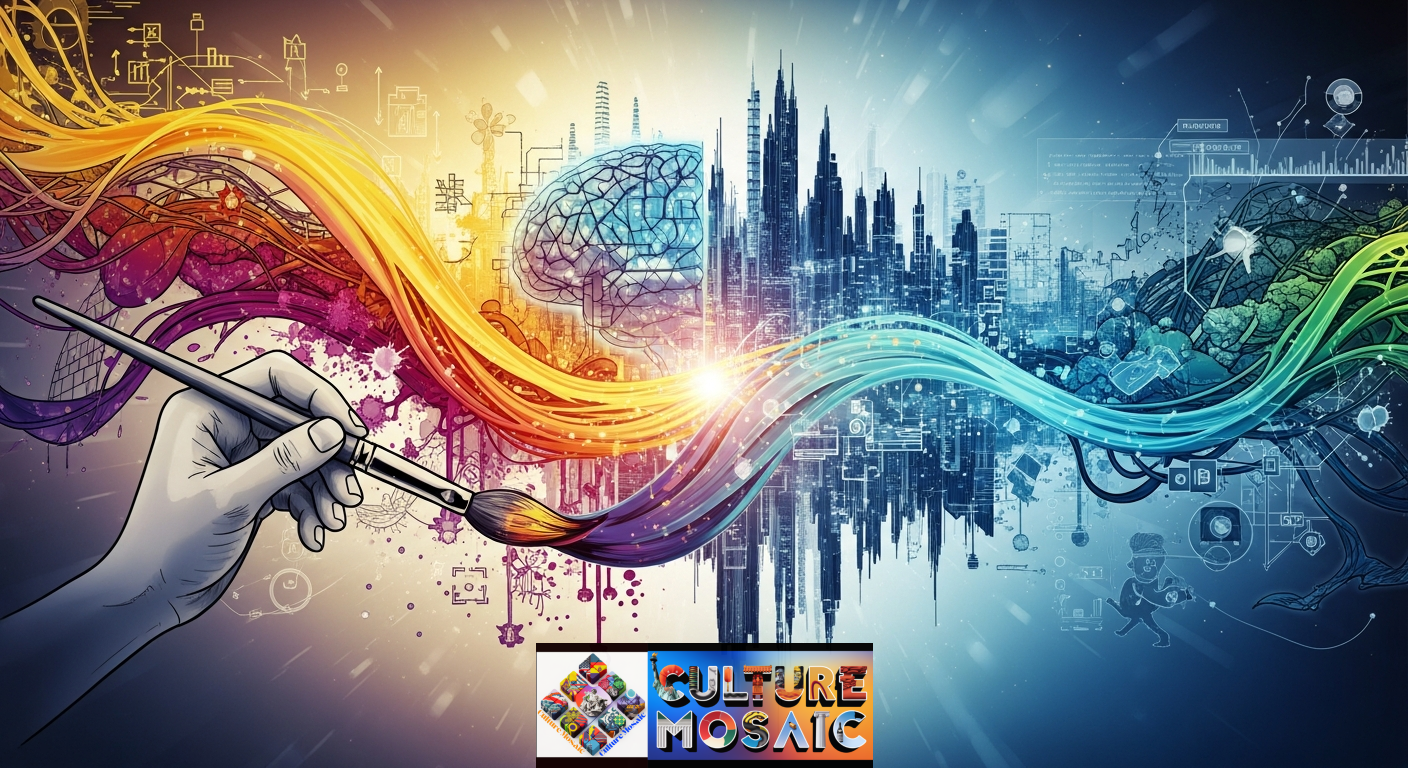
The most likely scenario isn’t complete replacement or total rejection. It’s integration and evolution.
Forward-thinking artists are developing hybrid workflows that combine AI capabilities with irreplaceable human skills. They might use AI to generate dozens of compositional options, then manually paint over the selected option, adding detail, fixing anatomical issues, and injecting personality that AI lacks.
Design firms are creating new roles like “AI art director,” professionals who understand both traditional artistic principles and how to effectively guide AI tools. This requires aesthetic judgment, prompt engineering skills, and the ability to post-process AI outputs into client-ready work.
Educational institutions are beginning to address AI art and the future in their curricula. Art schools are teaching students to use AI tools while emphasizing the importance of foundational skills, conceptual thinking, and developing a unique artistic voice that can’t be replicated by algorithms.
The key insight is that AI excels at execution but struggles with intention. It can generate technically impressive images, but it doesn’t understand why one composition is more emotionally powerful than another. It can’t consider the cultural context of a project or make strategic creative decisions aligned with broader goals. These remain distinctly human capabilities.
Ethical Guidelines for Navigating AI Art and the Future

As this technology becomes ubiquitous, the creative community is developing informal ethical standards for responsible use.
Transparency: Many artists and platforms are adopting disclosure practices, clearly identifying when AI played a significant role in creating an image. This respects audiences’ right to know what they’re viewing and helps maintain trust.
Attribution: When AI is trained on specific artists’ styles, ethical creators credit those influences rather than claiming the aesthetic as their own innovation.
Compensation Models: Some experimental platforms are exploring ways to compensate artists whose work contributed to training datasets. While not yet standard, this represents a possible path toward more equitable AI art and the future.
Thoughtful Application: Using AI to replace working artists for cost savings alone is fundamentally different from using it to explore new creative possibilities or augment human capabilities. The intent matters.
Supporting Human Artists: Many AI art enthusiasts make a point of also commissioning human artists for projects where that unique vision and collaboration matter most.
These grassroots ethical standards may eventually influence regulations and industry practices as society collectively determines what responsible AI art and the future should look like.
What Makes Human Artistic Expressions Irreplaceable
Despite AI’s impressive capabilities, certain elements of human artistic expressions remain beyond algorithmic reach.
Lived Experience: Human artists create from direct experience of joy, trauma, love, and loss. This authenticity resonates in ways that statistically generated images cannot replicate. When you know a painting emerged from an artist’s personal struggle, it carries a different weight than even a visually identical AI creation.
Intentionality: Human artists make deliberate choices about what to include, emphasize, or subvert. These decisions reflect worldviews, cultural contexts, and artistic movements. AI generates outputs based on pattern recognition, lacking the consciousness to make meaningful choices.
Evolution and Growth: Artists develop signature styles over decades, influenced by life experiences, cultural shifts, and artistic dialogues with peers. Their work tells a story of human development. AI has no equivalent journey.
Cultural Commentary: Powerful art often critiques society, challenges assumptions, or captures historical moments from a unique perspective. AI, trained on existing images, fundamentally reflects the past. It struggles with genuine innovation or meaningful social commentary.
The Creative Process: For many, art’s value lies not just in the final product but in the meditative, challenging, growth-inducing process of creation itself. AI short-circuits this journey, raising questions about whether the output carries the same meaning.
These qualities suggest that while AI art and the future will coexist, human artistic expressions will retain a unique value that technology cannot replace.
Predictions for AI Art and the Future
Looking ahead, several trends seem likely to shape AI art and the future of creative industries.
Improved Attribution Technology: Expect tools that can identify which artists’ work influenced AI training, potentially enabling automated compensation systems.
Specialized AI Models: Rather than general-purpose image generators, we’ll see AI trained on specific styles or purposes with proper licensing agreements and artist collaboration.
Enhanced Detection: As AI art becomes more prevalent, detection tools will improve, allowing platforms and clients to identify AI-generated work when disclosure is required.
New Art Forms: Just as photography and cultural digital art became legitimate media, AI-assisted art may develop its own aesthetic categories, techniques, and critical frameworks.
Regulatory Frameworks: Within five years, expect clearer laws governing AI training data, copyright for AI-assisted work, and disclosure requirements for commercial applications.
Market Segmentation: The art market will likely split into distinct segments valuing different things: purely human-created work commanding premium prices for craftsmanship, AI-assisted work evaluated on final quality, and AI-generated work priced primarily on utility.
The relationship between AI art and the future of human artistic expressions won’t be a simple replacement. It will be a complex renegotiation of value, process, and meaning in creative work.
Finding Your Position in the AI Art Debate
Whether you’re an artist, collector, or simply someone who appreciates creativity, you’ll need to navigate this changing landscape.
If you’re an artist, consider experimenting with AI tools while maintaining the foundations that make your work unique. Your perspective, taste, and vision are assets that AI cannot replicate. Learning to direct AI effectively could expand your capabilities rather than threaten them.
If you commission or purchase art, think carefully about what you value. If you need functional illustrations quickly and affordably, AI makes sense. If you want to support human creativity and own work with authentic provenance and meaning, seek out human artists and be willing to pay accordingly.
If you’re an art appreciator, develop visual literacy around AI art. Learn to recognize common AI tells (strange hands, inconsistent lighting, uncanny facial features). Consider whether knowing an image’s origin changes your experience of it.
The conversation around AI art and the future isn’t settled. It’s happening right now, shaped by legal decisions, market forces, technological capabilities, and collective values. Your choices as a creator, consumer, or appreciator contribute to the future we’re building together.
Frequently Asked Questions About AI Art and the Future
1. Can AI completely replace human artists?
While AI can generate impressive images, it cannot replicate the lived experience, intentionality, cultural understanding, and emotional depth that human artists bring to their work. AI is more likely to become a tool that some artists use rather than a complete replacement for human creativity. The most threatened roles are those focused purely on execution rather than conceptual thinking and unique vision.
2. Is AI-generated art legal to use commercially?
The legal status is currently uncertain and evolving. AI-generated images may not be copyrightable according to the US Copyright Office guidance, meaning you cannot prevent others from using the same image. Additionally, ongoing lawsuits may determine that using AI trained on copyrighted work without permission constitutes infringement. Consult with legal professionals before using AI art for significant commercial purposes.
3. How can I tell if artwork was created using AI?
Common indicators include unusually smooth or plastic-looking textures, anatomical errors (particularly with hands and feet), inconsistent lighting sources, nonsensical text or symbols, and a certain “uncanny valley” quality. However, AI detection is becoming harder as technology improves, and skilled artists can post-process AI outputs to eliminate these tells. Some detection tools exist, but they’re not perfectly reliable.
4. Will learning traditional art skills still be valuable?
Absolutely. Understanding composition, color theory, anatomy, perspective, and design principles remains essential even when using AI tools. These fundamentals allow you to effectively direct AI, recognize quality outputs, and refine generated images into polished work. Artists with strong traditional foundations are best positioned to use AI as a powerful creative amplifier rather than a replacement for skill.
5. How should AI art be credited or attributed?
Best practices are still emerging, but transparency is key. If AI played a significant role in creating an image, ethical practice suggests disclosing this. Many creators note “AI-assisted” or “created with [platform name]” in descriptions. If an AI output clearly mimics a specific artist’s style, crediting that influence shows respect for the human creativity that informed the AI’s training. As the field matures, expect more standardized attribution practices to develop.

